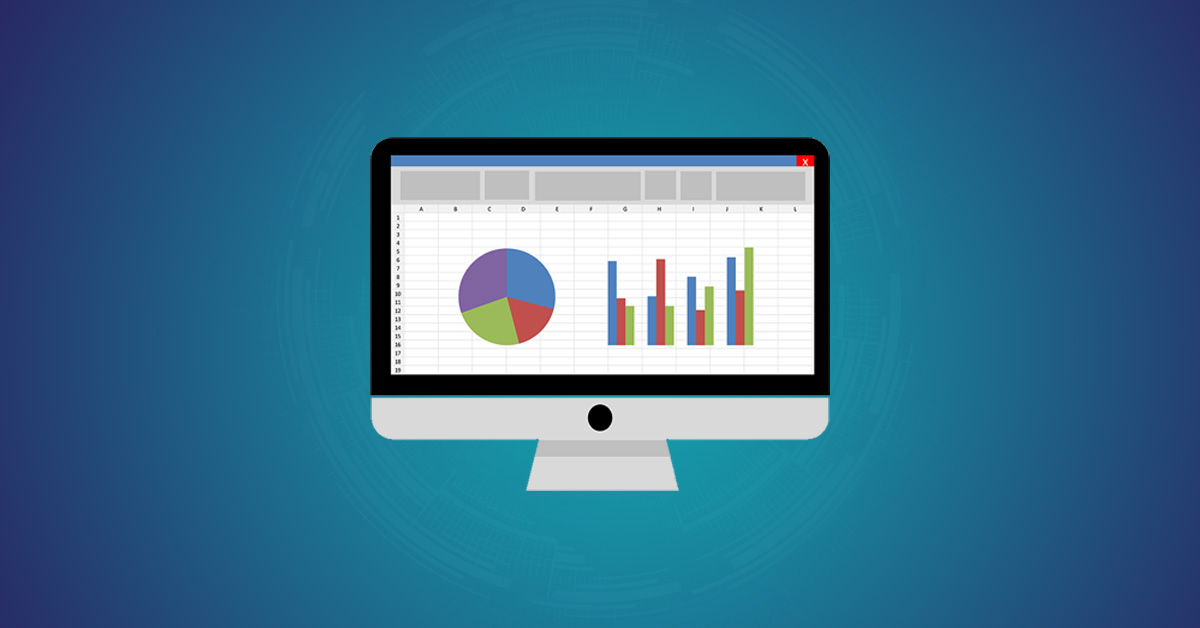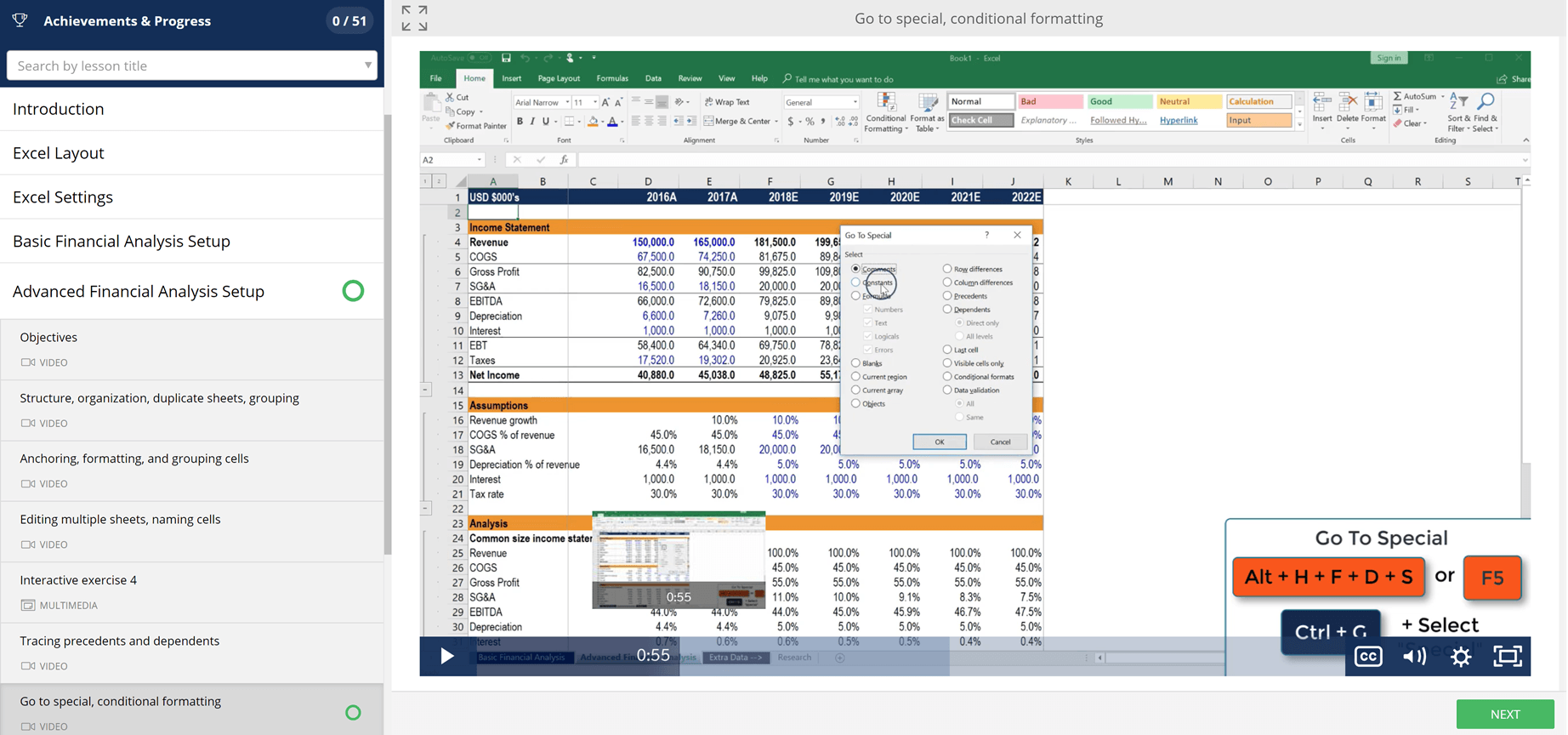
Repeat these steps to add another scenario. You just created the first scenario, but now you need another one. Interested in learning more? Why not take an online Excel 2021 course?

Excel 2019 lets you know that the subtraction equation must be converted to static values, so you will need to manually calculate the result while setting up your scenarios.Ĭlick "OK" and your new scenario displays in the Scenario Manager. Since we highlight all cells that we wanted to use before opening the scenario configuration window, the values are already provided in the next window. Provide a name for your scenario, and then check the box labeled "Prevent changes" if you don't want any changes made to the data.Ī window then displays asking for static values. The cells you selected are already filed out in the form, but should you decide to change the cell range this is where you can change it. Click "Add" to provide a name for your scenario. (What-If Analysis tools are in the Data tab)Ī window opens where you must add a new scenario.

With the cells selected, click the "What-If Analysis" button and then click "Scenario Manager" from the dropdown list. The tool you use depends on the type of result that you want. This tab has the What-If Analysis tools that you'll need. Highlight all of these cells and go to the Data tab. The formula is shown in the content text box. Note that the "Profit" row is a formula that subtracts operation costs from gross revenue. The following image shows the test data we're using. To test this application, you first need some test data. Instead of manually changing data sets or making multiple spreadsheets based on "what if" factors, you can use Excel's scenario tool. You can use scenarios to use different data sets. Suppose that you want to figure out how much revenue is needed to make a specific gross profit. Understanding these tools will help you make better decisions with finances and future purchases. The examples in this overview are just a few ways that you can use a What-If Analysis spreadsheet, but these tools are used much more frequently in everyday business. Data Tables are useful when you want to see how data changes based on just a one-factor change in the calculation. Using a Data Table, you can see the result of a formula calculation by changing one or two variables. Formulas use variables as input and calculate based on changes in these variables. You don't want to go over a specific amount when you buy a new car, so you use Goal Seek to find an interest rate that matches the monthly payment that you can afford.įor each of your analysis spreadsheets, you have formulas that use data and calculate results. For instance, suppose that you have a budget each month. The Goal Seek tool helps determine what values are required to get a specific result.
#How to use data analysis in excel using a spreadsheet how to#
In some cases, you want to know how to get to a different goal. You can create scenarios with product different pricing data sets. For instance, you might want to know how much revenue you make next year based on prices of products. Scenarios are useful if you want to know results based on different data sets.

A scenario takes data from your Excel spreadsheets and displays results based on the scenario factor.

Scenarios are probably the most common for individual users. This overview provides a brief explanation of all three so that you can decide which solution is best for the outcome that you're looking for. There are three different types of What-If Analysis tools offered in Excel: Scenarios, Goal Seek and Data Tables. Excel 2019 has functionality that helps you create these scenarios without any need for complex programming. You create a "What-If" Analysis using the same set of data but different revenue factors. For instance, suppose that you have two budgets based on the amount of revenue increase for the next year. When you have several different possible results based on a collection of data, a "What-If" Analysis lets you review results based on different factors.


 0 kommentar(er)
0 kommentar(er)
